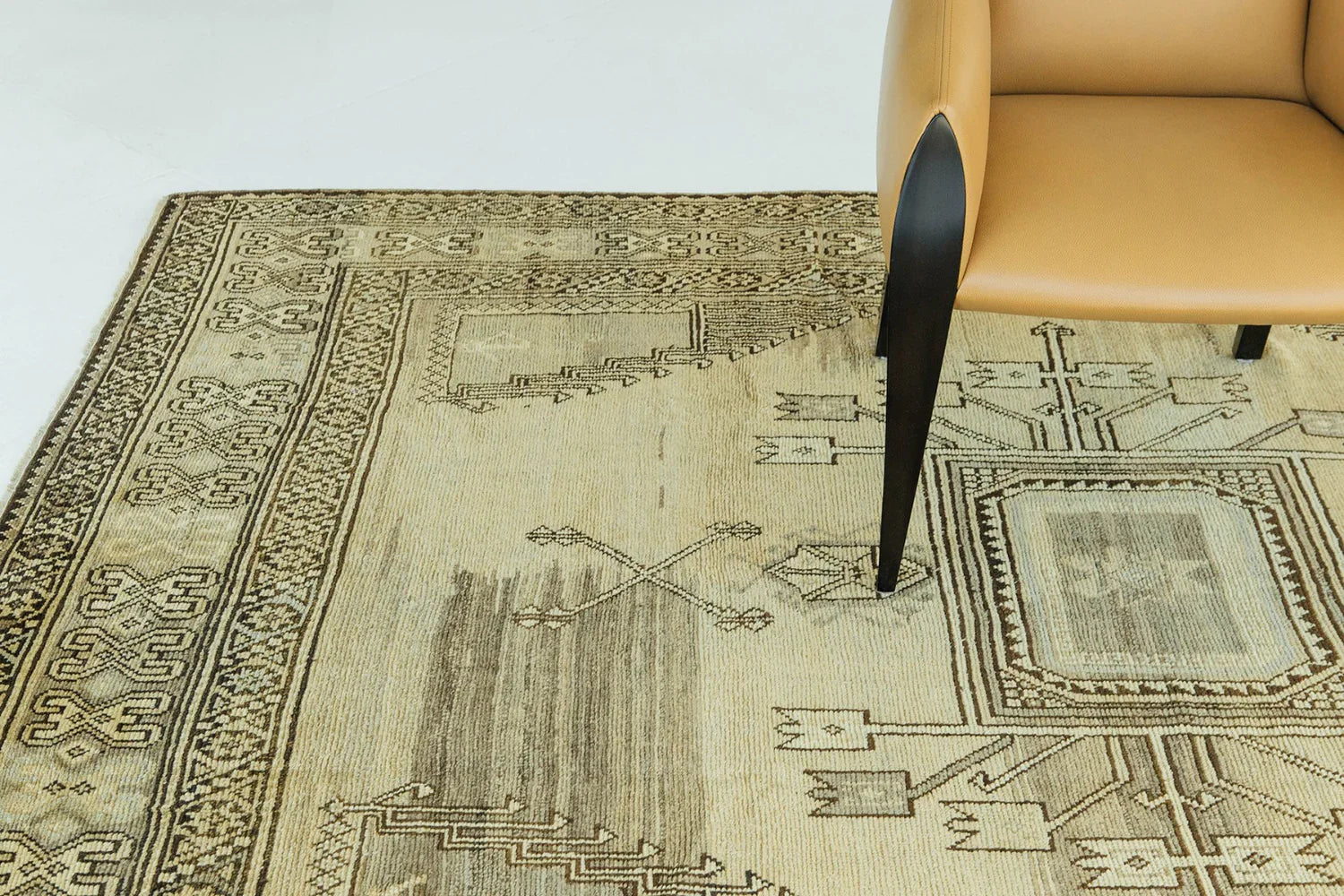An Anatolian Rug Collection is far more than an assortment of floor coverings; it is a curated gallery of woven art that tells a diverse and vibrant story. Unlike a matched set, a true collection thrives on the unique character of each individual piece, celebrating the variations in pattern, palette, and texture that emerge from different villages and weavers across Turkey. This approach to collecting is perfect for those who gravitate towards interiors that feel personal, layered, and rich with history. Whether your style leans towards the globally-inspired Bohemian aesthetic, a clean ethnic minimalism, or an eclectic maximalism, building a collection of Anatolian rugs allows you to create a space that is deeply authentic and uniquely yours, full of soul and narrative.

The Art of the Curated Collection
Building a thoughtful Anatolian rug collection is a journey of discovery, not a single purchase. The beauty lies in the harmonious discord—the way a rug with a bold, geometric medallion from one region can converse beautifully with a smaller, prayer rug featuring delicate floral motifs from another. The key is to find a common thread, often through color or material, that ties the pieces together. Perhaps you are drawn to the earthy, undyed wool of tribal Yörük rugs, or maybe your eye is captivated by the rich crimson and sapphire hues found in pieces from Bergama. A collection becomes cohesive when each rug, while unique, contributes to a larger, visual narrative that reflects your personal taste and the story you want your home to tell.
A Tapestry of Regional Styles
The incredible diversity of an Anatolian collection stems from the distinct weaving traditions of Turkey's various regions. Each area developed its own visual language, making the process of collecting a fascinating geographical exploration. A rug from Melas is instantly recognizable by its soft, pastel colors and elegant, repeating floral motifs. In stark contrast, a piece from the nomadic Yörük tribes features bold, geometric symbols in deep, natural shades of red, blue, and brown, radiating a powerful, primal energy. Rugs from Çanakkale often showcase a unique, large-scale geometric style with a warm, earthy palette, while Hereke silks represent the pinnacle of refinement with their incredibly detailed, courtly designs. This regional variety is what makes building a collection so endlessly engaging.
The Foundational Beauty of Natural Materials
The authentic, ethnic feel of an Anatolian rug collection is rooted in the materials themselves. These rugs are crafted from hand-spun wool, lustrous cotton, and sometimes even silk, all dyed with pigments derived from the natural world. This use of organic materials is what creates their signature texture and depth. The wool possesses a soft, resilient quality that matures beautifully over time, developing a coveted patina. The natural dyes, sourced from plants like madder root, indigo, and walnut shells, produce colors that are complex and alive. Unlike the flat, uniform tones of synthetic dyes, these natural hues exhibit abrash—subtle, beautiful variations in shade that are celebrated as a mark of authenticity and handcrafted excellence.
The Perfect Accent for Bohemian and Ethnic Interiors
Anatolian rugs are a cornerstone of Bohemian and global-inspired decor because they embody the very principles of these styles: individuality, history, and a connection to artisan craft. Their layered patterns and rich textures are the ideal foundation for a room filled with plants, macramé, mismatched pillows, and collected treasures from travels. A well-worn, vintage Kilim can be draped over a sofa or layered on top of a larger, plush pile rug to instantly inject a space with a relaxed, worldly vibe. The ethnic motifs and symbols woven into each piece serve as authentic artistic statements, eliminating the need for mass-produced decor and creating a home that feels curated, personal, and wonderfully lived-in.
Weaving Your Narrative into a Home
The ultimate joy of an Anatolian rug collection is how it allows you to weave your own personal narrative into the fabric of your home. These rugs are not meant to be treated as untouchable museum pieces but as integral parts of daily life. They can define a conversation area in a living room, add warmth and history to a bedroom, or serve as a stunning tapestry on a wall. Mixing and matching different sizes, shapes, and styles from your collection allows for dynamic and ever-evolving interior landscapes. Each rug you acquire is not just a decorative object, but a repository of cultural heritage and artisan skill, a piece of a story that you continue to write every day you live with it.




Comments